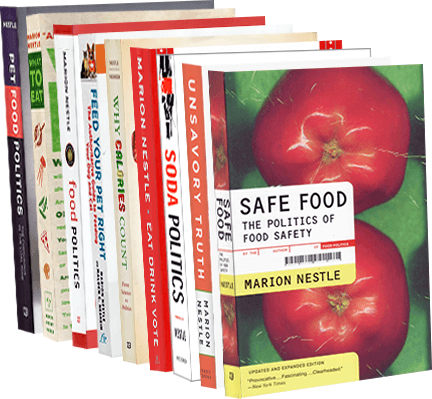by Marion Nestle
Mar
28
2019
Environmental Working Group: Pesticides in Produce
I am often asked about pesticides on fruits and vegetables, how serious a problem they are, and how to avoid them. I don’t know how harmful they are; the research is too hard to do definitively. But I generally favor the Precautionary Principle: while the science is pending, avoid them as much as you can. Here’s how.
The Environmental Working Group has released its annual lists of the most and least pesticide-laden fruits and vegetables.
EWG’S DIRTY DOZEN FOR 2019
- Strawberries
- Spinach
- Kale
- Nectarines
- Apples
- Grapes
- Peaches
- Cherries
- Pears
- Tomatoes
- Celery
- Potatoes
The report emphasizes:
- More than 90 percent of samples of strawberries, apples, cherries, spinach, nectarines, and kale tested positive for residues of two or more pesticides.
- Multiple samples of kale showed 18 different pesticides.
- Kale and spinach samples had, on average, 1.1 to 1.8 times as much pesticide residue by weight than any other crop.
EWG’S CLEAN FIFTEEN FOR 2019
- Avocados
- Sweet corn
- Pineapples
- Frozen sweet peas
- Onions
- Papayas
- Eggplants
- Asparagus
- Kiwis
- Cabbages
- Cauliflower
- Cantaloupes
- Broccoli
- Mushrooms
- Honeydew melons
See the full list of fruits and vegetables.This results may sound cute, but this report comes with impressive supporting material:

